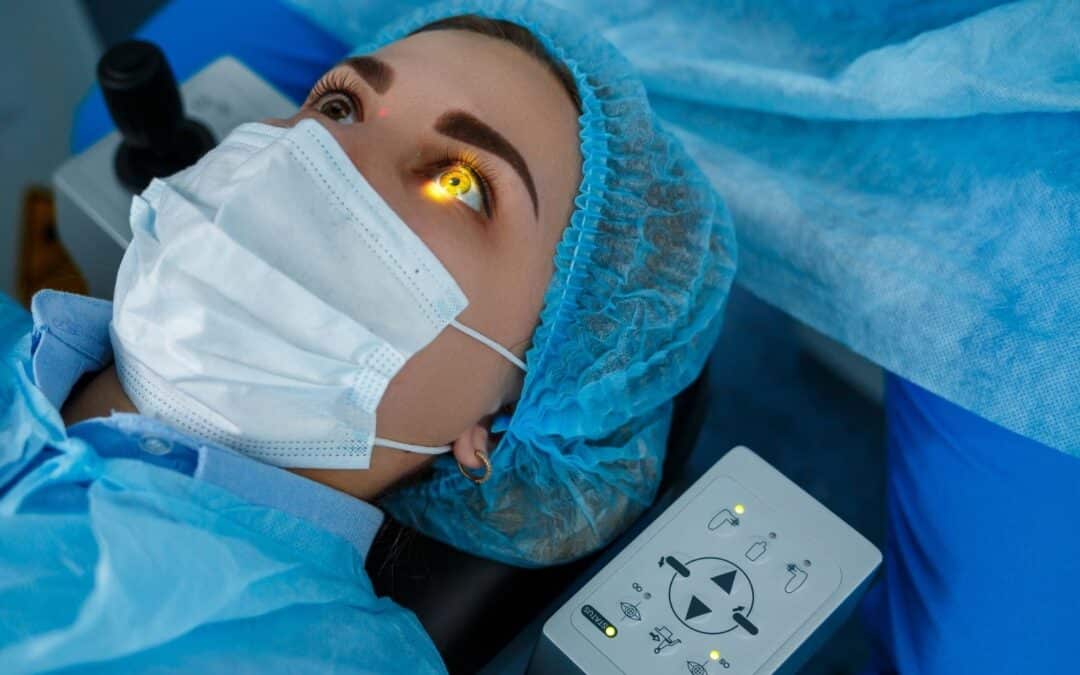LASIK eye surgery has become a popular solution for individuals seeking to correct vision problems. However, defective LASIK equipment poses significant risks to patients, potentially leading to serious complications and long-term consequences. Understanding these risks is crucial for making informed decisions about eye care.
(Warning Signs After LASIK Surgery: Identifying Red Flags and Seeking Help)
Understanding LASIK Surgery
LASIK (Laser-Assisted In Situ Keratomileusis) surgery involves reshaping the cornea to improve vision. The procedure utilizes advanced technology, including excimer lasers, microkeratome or femtosecond laser, and diagnostic tools. Wavefront-guided LASIK and wavefront-optimized LASIK offer customized treatments, taking into account the unique characteristics of each patient’s eyes.
Risks Associated with Defective LASIK Equipment
Defective equipment can lead to severe complications, including vision loss or blindness, infection or dry eye, flap complications or irregular healing, and chronic pain or discomfort. These risks are particularly concerning, as LASIK surgery is often elective and patients expect a high level of safety. Additional complications may include astigmatism or other refractive errors, as well as corneal ectasia, a condition where the cornea thins and weakens.
Types of Defective LASIK Equipment
Several types of equipment can malfunction. For instance, excimer lasers may experience incorrect calibration or software issues, while microkeratome can suffer mechanical failure or improper maintenance. Diagnostic tools may provide inaccurate readings or faulty sensors, and femtosecond lasers can have issues with pulse duration or energy levels.
Causes of Defective LASIK Equipment
Defective equipment often results from manufacturing defects, design flaws, or insufficient testing. Poor maintenance and upkeep, inadequate quality control measures, and rushed production processes or cost-cutting measures can also contribute to equipment malfunction.
Signs of Defective LASIK Equipment
Patients may experience unusual pain or discomfort, vision disturbances or fluctuations, redness or swelling, or increased sensitivity to light. Other warning signs include double vision or ghosting, halos or glare around lights, and decreased visual acuity.
Seeking Compensation for Chicago Personal Injury
If you’ve suffered an injury due to defective LASIK equipment, consulting with experienced Chicago personal injury attorneys is crucial. They will help determine liability and negligence, gather evidence and medical records, file a claim or lawsuit, and negotiate compensation.
To establish liability, plaintiffs must demonstrate that the equipment was defective, the defect caused the injury, and the manufacturer or healthcare provider was negligent. Expert testimony and documentation are essential for building a strong medical malpractice case.
Preventing Defective LASIK Equipment Malfunctions
To minimize risks, patients should research reputable clinics and surgeons, ensure proper equipment maintenance, follow post-operative instructions, and report any concerns or complications.
Regulatory Oversight
The FDA and other regulatory agencies play critical roles in ensuring LASIK equipment safety. Manufacturers must comply with strict guidelines and quality control measures, regular inspections and audits, and adverse event reporting requirements.
Conclusion
Defective LASIK equipment poses significant risks to patients. Understanding the causes, signs, and consequences is crucial for seeking compensation and ensuring accountability. If you’re looking for an experienced Chicago personal injury lawyer to help navigate your personal injury claim, we will fight assiduously for your right to the compensation you deserve. Call Bizzieri Law Offices at 773.881.9000. The case evaluation is free, and we never charge a fee unless we recover damages for you.

